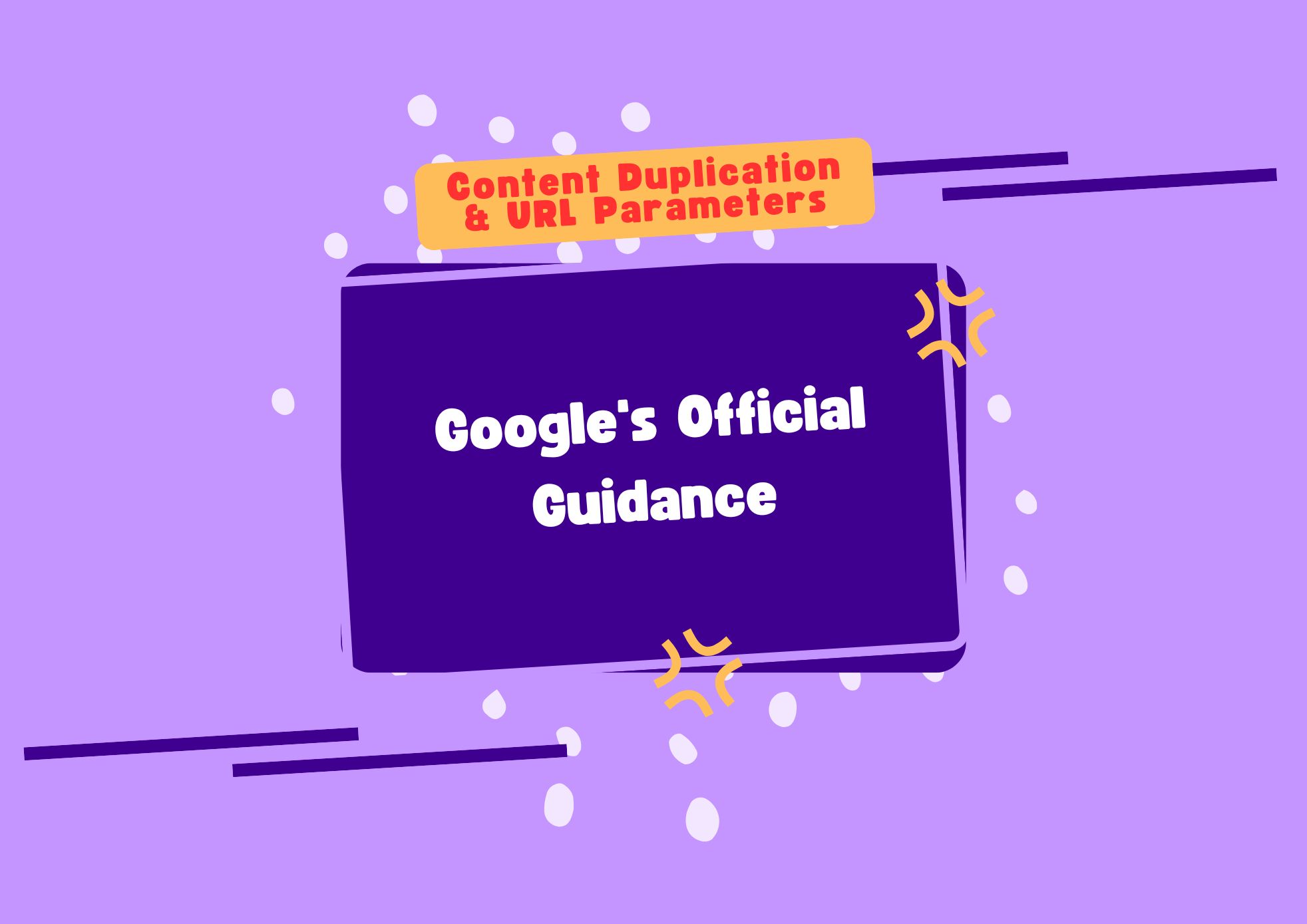Duplicate content and URL parameters can negatively impact a site’s visibility in Google Search. Understanding how Google handles these issues and how to guide Google properly can improve indexing efficiency and search performance.
This article is entirely based on Google’s official sources, including Search Central and Search Console documentation.
What Is Duplicate Content?
Google defines duplicate content as content that is either exactly the same or significantly similar across multiple pages or URLs, within the same domain or across domains.
According to Google Search Central, “Duplicate content generally refers to substantive blocks of content within or across domains that either completely match other content or are appreciably similar.”
Duplicate content can arise unintentionally, especially in dynamic websites using parameters, session IDs, or product filters.
Does Duplicate Content Cause a Penalty?
No, Google does not penalize duplicate content in most cases.
From Google’s official stance: “Duplicate content on a site is not grounds for action unless it appears to be intended to manipulate search rankings.”
However, excessive duplication can:
- Dilute ranking signals across multiple URLs
- Waste crawl budget
- Confuse Google about which page to index or rank
Role of URL Parameters in Duplication
URL parameters (e.g., ?sort=price, &page=2, ?utm_source=) can create multiple URLs with the same or similar content.
Example:
bashCopyEdithttps://example.com/shoes
https://example.com/shoes?sort=price
https://example.com/shoes?sort=price&utm_source=google
While the main content remains the same, these URLs are treated as separate by default unless Google is guided otherwise.
Google explains: “URL parameters can cause duplicate content issues and waste crawl resources.”
How Google Handles Duplicate Content
Google uses sophisticated systems to:
- Group similar URLs
- Choose a canonical version for indexing
- Consolidate ranking signals to the canonical page
However, relying entirely on Google’s automation can be risky for SEO. It’s better to provide clear signals.
Best Practices to Handle Duplicate Content
1. Use Canonical Tags
Declare the preferred version of a page explicitly:
htmlCopyEdit<link rel="canonical" href="https://example.com/shoes">
Google: “Use the rel=canonical link element to indicate the preferred URL.”
Source: Google Search Central
2. Avoid Blocking Duplicate Pages with robots.txt
Google recommends using canonical tags over robots.txt.
If Googlebot can’t crawl a page, it can’t consolidate ranking signals for it.
3. Configure URL Parameters in Search Console
Google used to offer a URL Parameters Tool, but it has been deprecated as of March 2022.
Google’s statement: “Our systems have gotten better at guessing which parameters are useful, which are not, and how to handle them.”
So while the tool is gone, clean URLs and canonical tags remain the most reliable control methods.
4. Minimize Unnecessary Parameters
Structure URLs cleanly:
- Avoid tracking parameters for public-facing pages
- Use static URLs where possible
- Consolidate duplicate pages via canonicalization or redirection
Duplicate content and URL parameters can confuse Google Search, leading to poor indexation and diluted rankings. By applying canonical tags, avoiding parameter overuse, and ensuring clean URL structures, you can help Google index your site accurately and efficiently.



